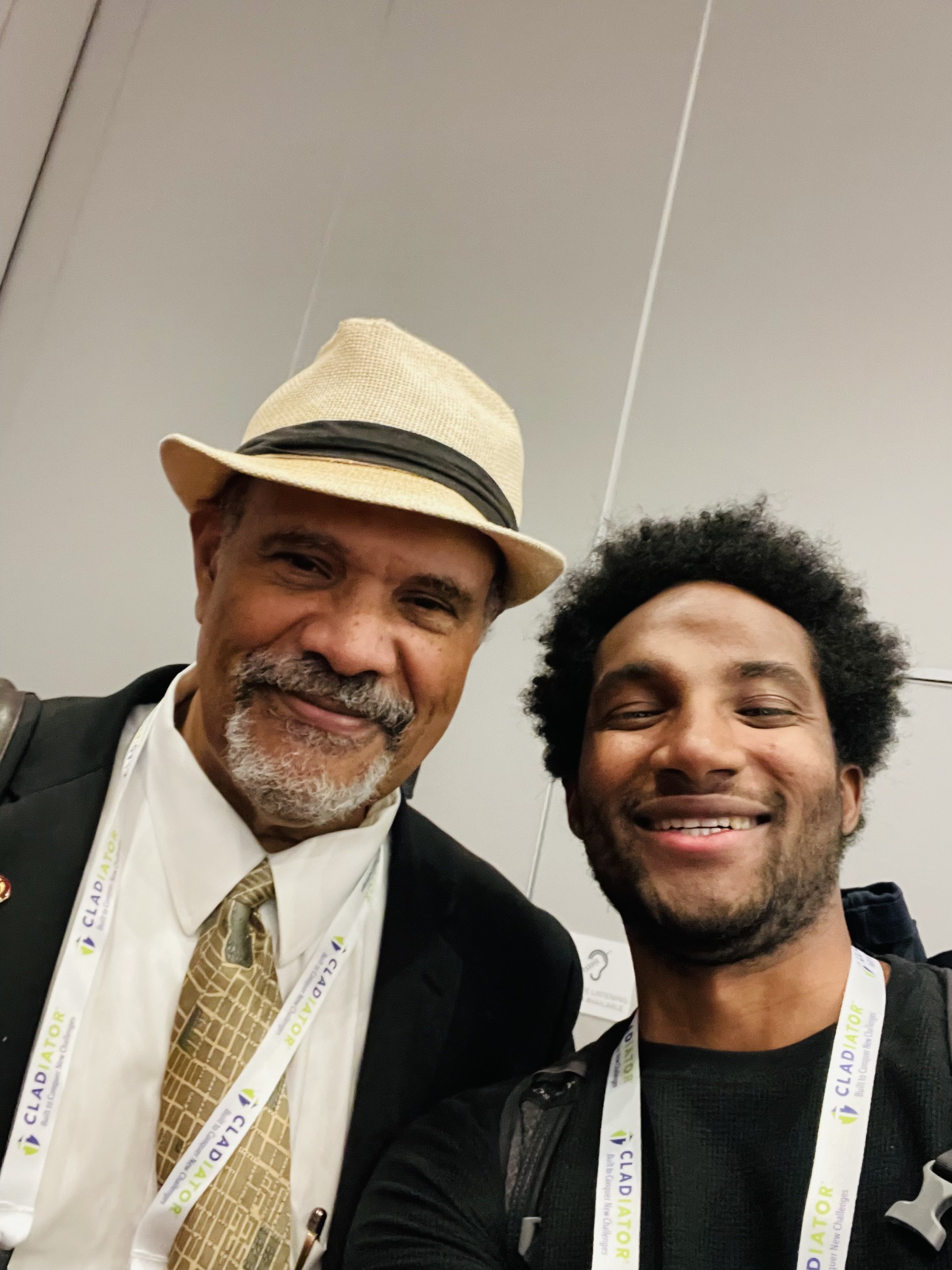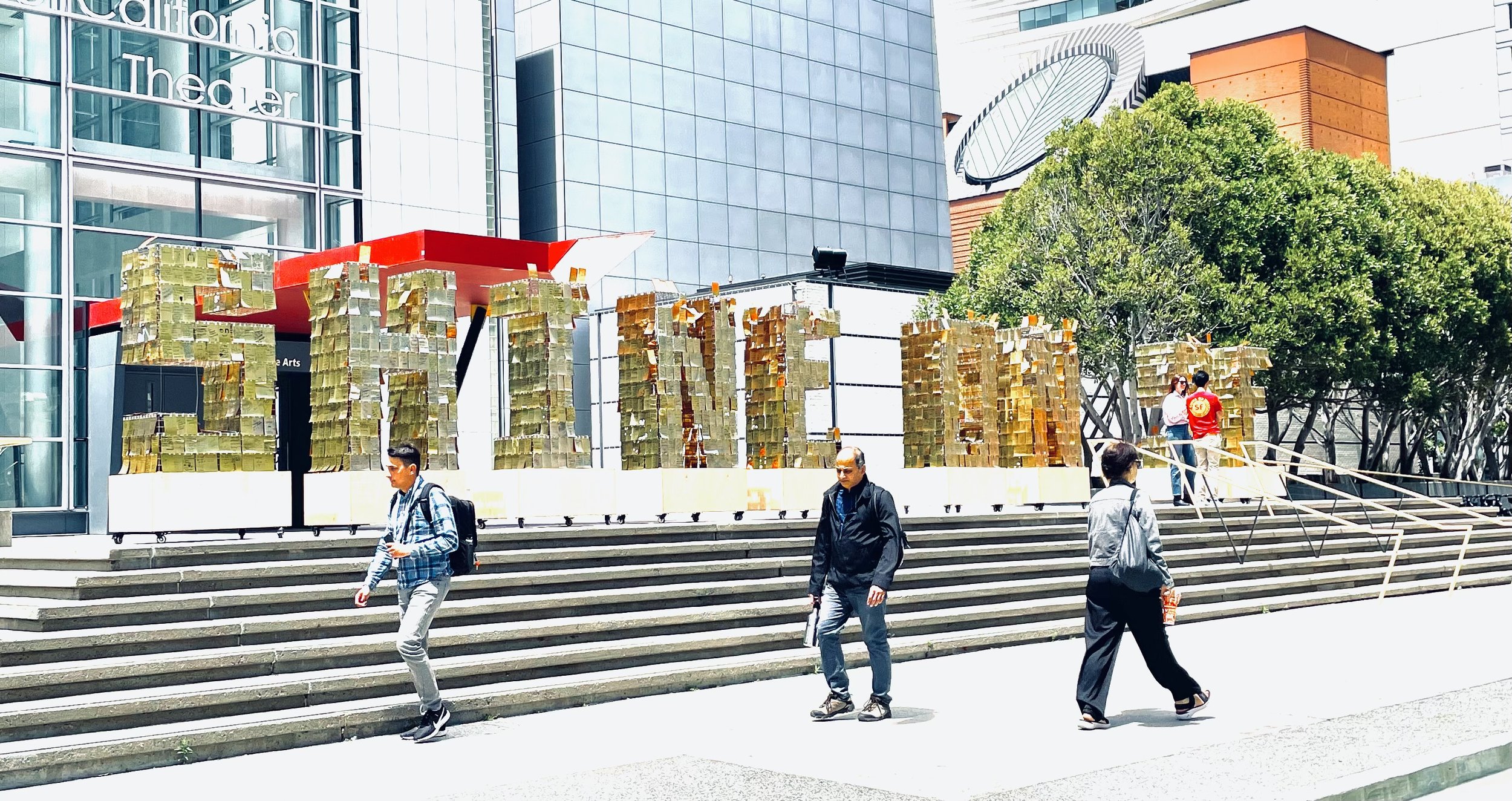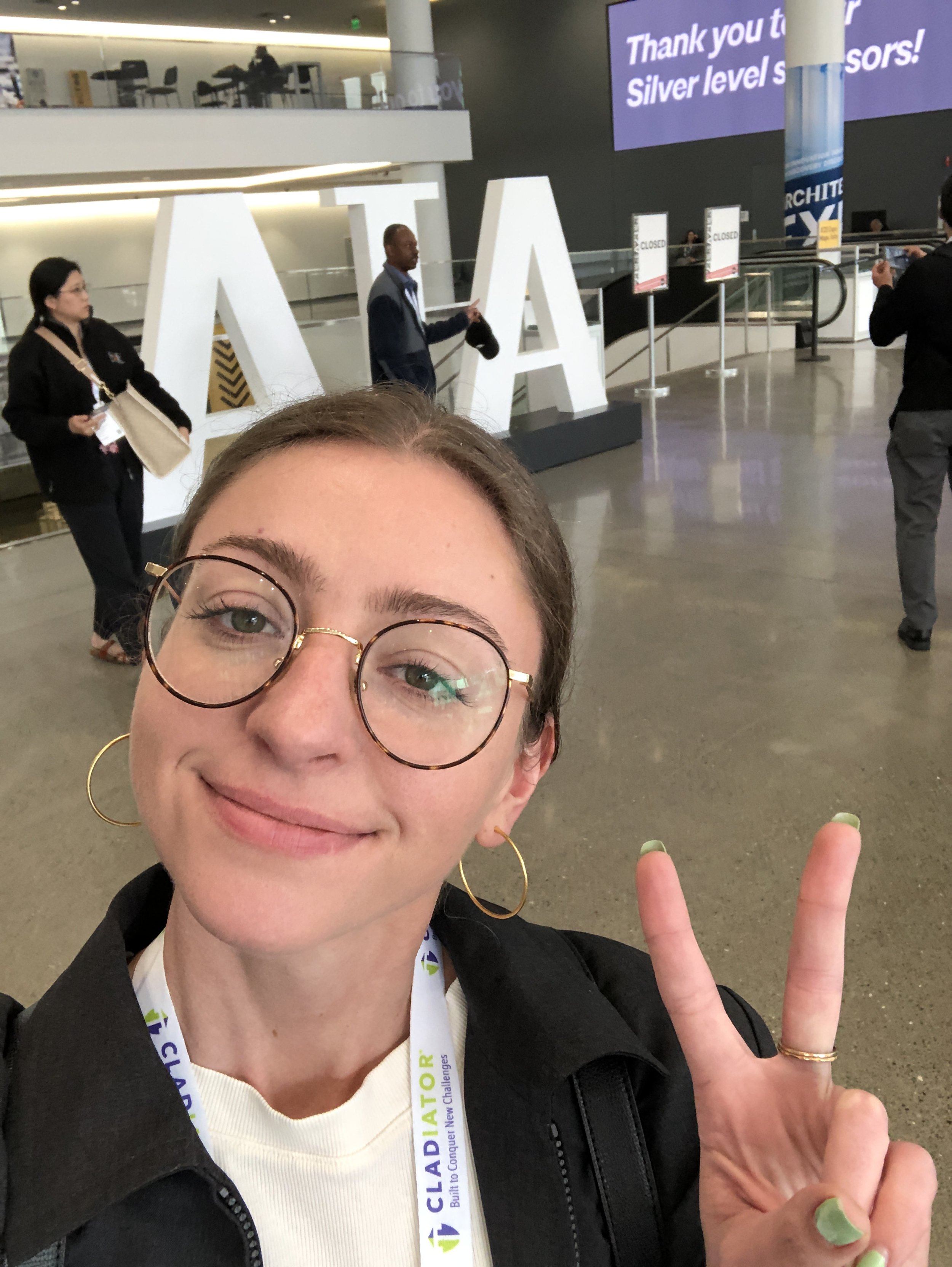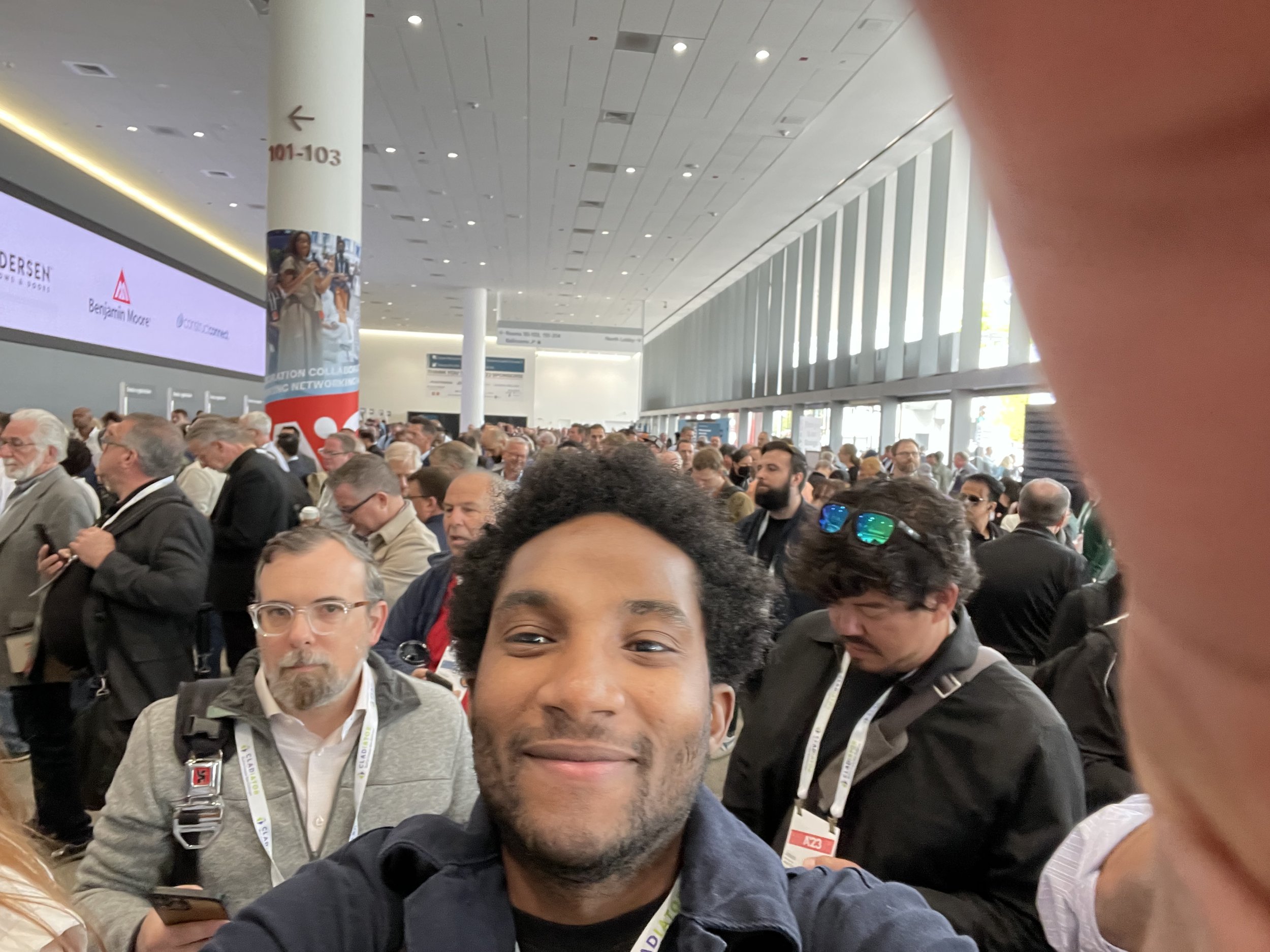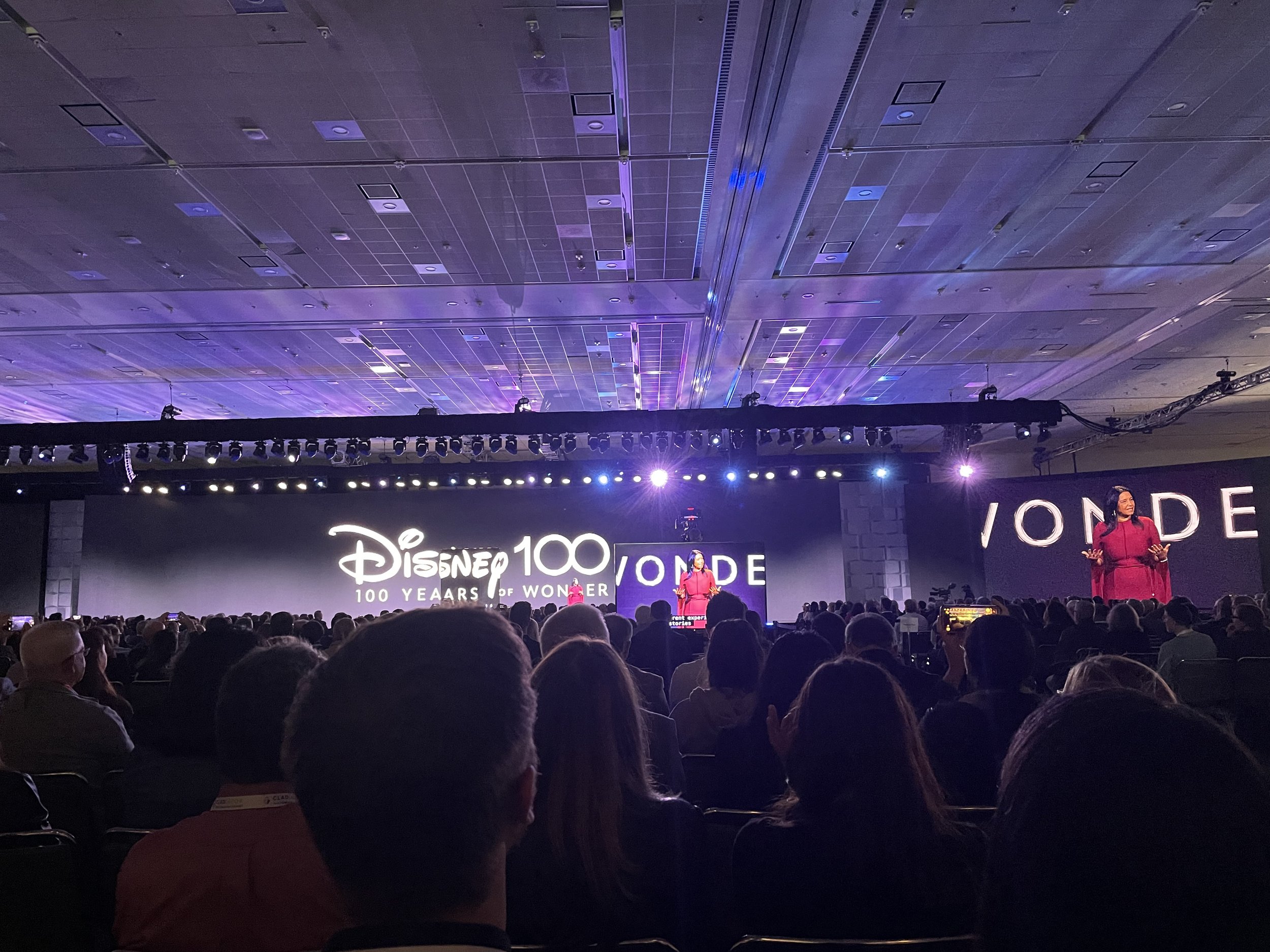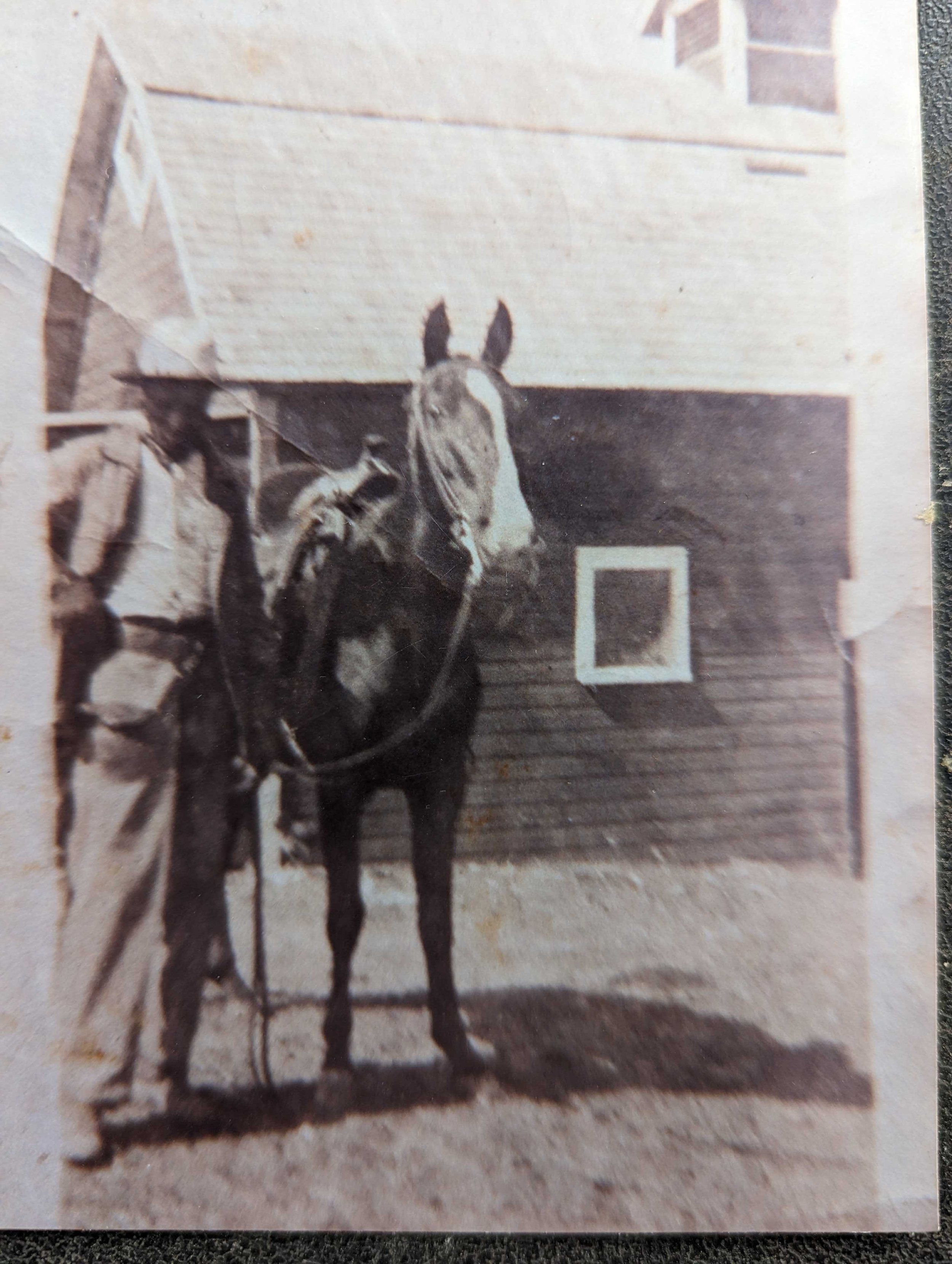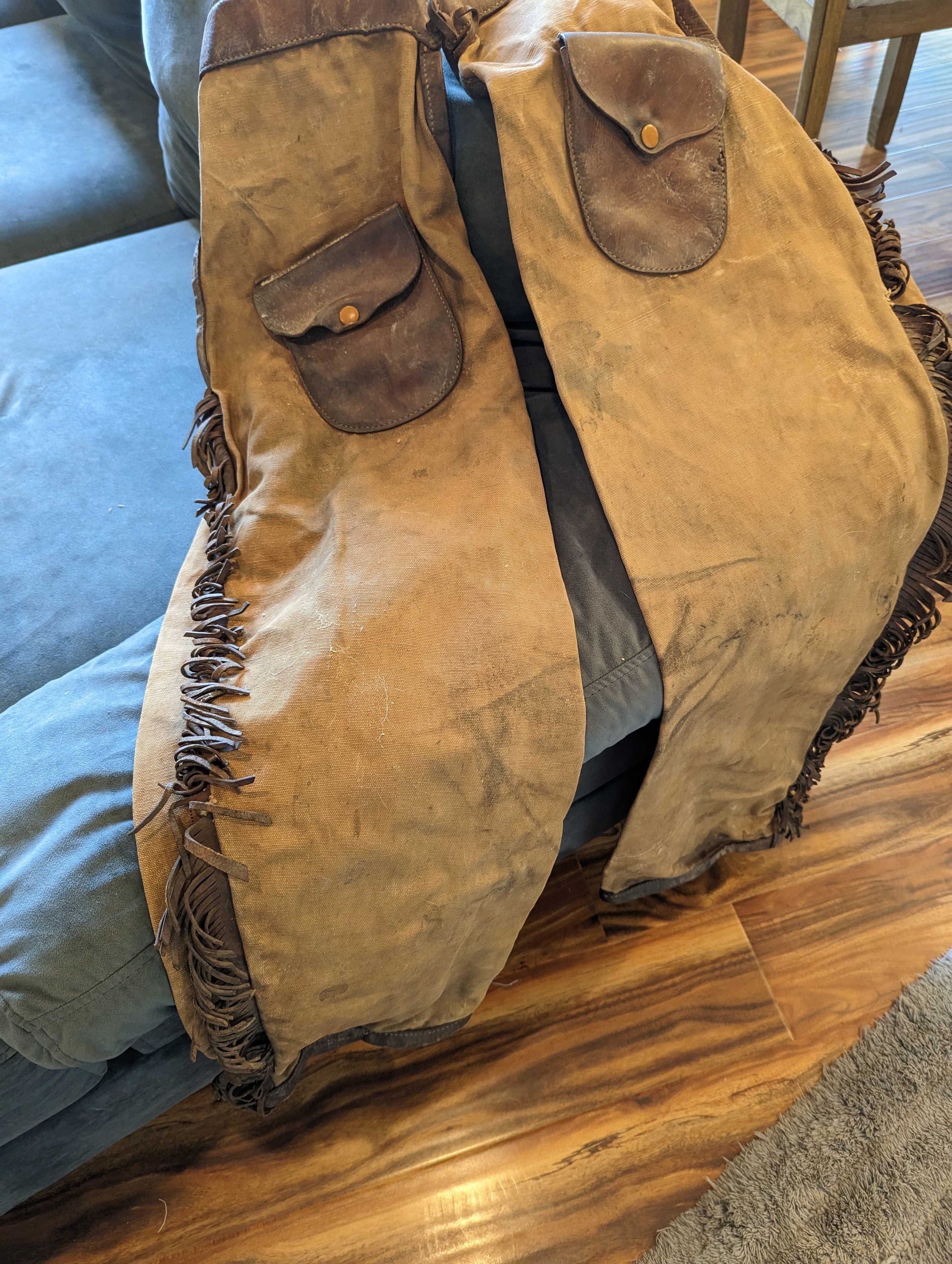Heather Wilson
AIA Oregon EVP/CEO
You Don’t Have to Take My Word For It
I’m a child of the 80s and I’m not ashamed to admit it. I was raised in a way that most parents now (including myself) might find feral – drinking from water hoses, taking back alleys and hidden creek trails to friends’ houses and buying candy from the gas station up the street whenever I wanted. Both of my parents worked 12-14 hour days. During the school year that meant I was a latch-key kid; over the summer that meant I was in charge of myself (and my little brother). Most days were filled getting rides to the pool with other kids’ moms who stayed at home. I paid $1.50 of my allowance every summer for a token I would carefully sew into my bathing suit strap so wouldn’t lose it. It entitled me to a (dry) bologna and cheese sandwich, a capri sun, and a bag of plain chips (shoutout to Cincinnati Parks and Rec); but more importantly, it allowed me admission to the neighborhood pool for the entire summer. Similarly, I would march myself to the Madisonville Public Library and load up on all the fiction my arms could bear, not only because I loved to read, but because my adult sister worked there, she let me go over the checkout limit with an eye roll and a quick “Now go home!” hissed through her clenched librarian smile.
On the days you didn’t find me out running the streets like one of the Goonies, I was at home, trying to beat the insufferable Cincinnati heat index watching TV. The local PBS station had a lineup that I loved: 4 episodes of “Great Chefs of America” followed by 2 episodes of Reading Rainbow. That show had my rapt attention, even after I had CLEARLY outgrown the materials they were reading. There was something about hearing the conversation around reading that I was transfixed to. My favorite segment: kids’ book reviews. LeVar (Burton) would always start the segment by talking about a great book he was finishing up, mention that the library was FULL of great books like these, then say “…but…you don’t have to take my word for it!” and 4 or 5 kids would review their last favorite read. It reminded me that reading wasn’t just a thing to do for grownups – it was meant to be enjoyed, and really is an act of self -care to carry your whole life.
I’m grown up now, and finding time to read is so difficult – but I still believe it’s an act of self-care, just as important as brushing your teeth or keeping a good sleep schedule, so I make time for it. You don’t have to take my word for it: Business Insider has a list of 14 reasons why you should read everyday with the article 14 Reasons Why Reading Is Good for Your Health. It helps our brains stay pliable as we age, and provides us with a sense of calm almost immediately. It provides an outlet for emotion and honestly just communicates to the rest of the world that you’re taking a little time for yourself.
I hope you have a fabulous summer full of activity, time off, and sunshine. If you’re inclined, take the time to investigate these finds that I’m already enjoying as the summer heat unfolds. I selected these books because they all spoke to some element of change or triumph, questioning our way of understanding each. But you don’t have to take my word for it! Check out the reviews. Enjoy!
Lessons in Chemistry
Bonnie Garmus
(Doubleday, 386 pp., $29)
Talking to Strangers – What We Should Know About The People We Don’t Know
Malcolm Gladwell
(LittleBrown, 346pp., $19)
The Color of Law
Richard Rothstein
(Illustrated. Liveright Publishing, 345 pp., $28)
The Pearl District
Bruce Johnson
(Illustrated. Pearl Light Publishing, 331pp., $19)
Dog On It
Spencer Quinn
(Atria, 312pp., $12)











